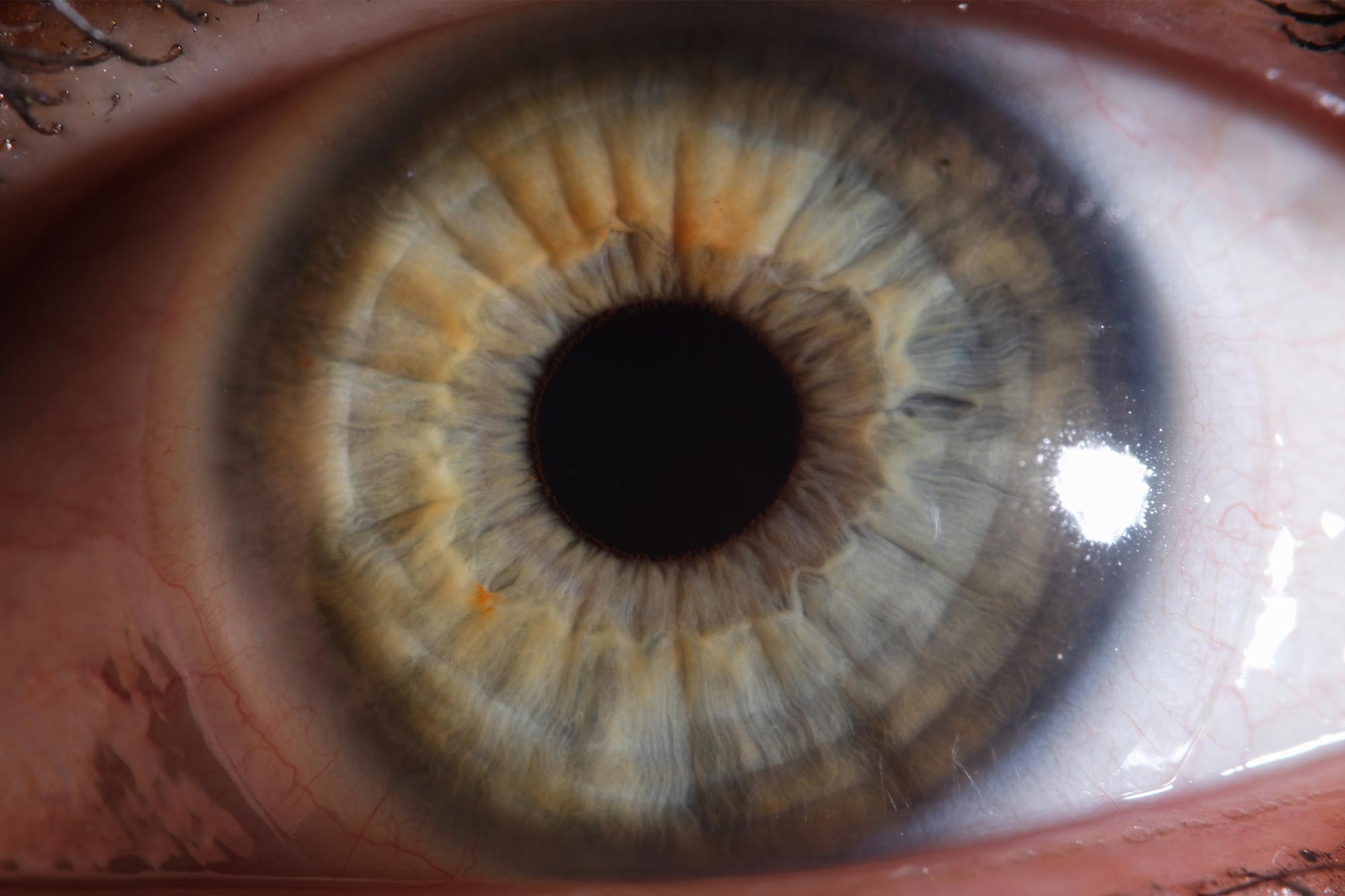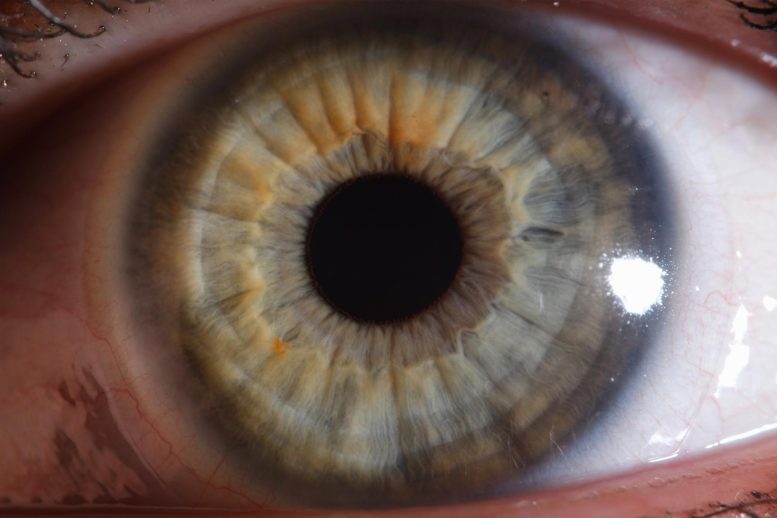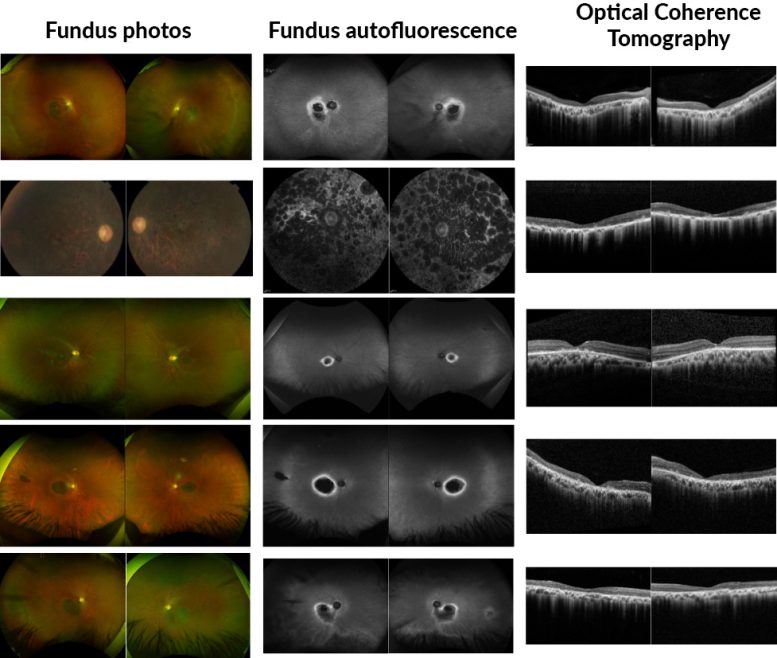

Findings supported by the NIH pave the way for the development of genetic testing, clinical trials, and therapies.
Researchers at the National Institutes of Health (NIH) and their collaborators have discovered a gene linked to certain inherited retinal diseases (IRDs). These diseases, which impair the eye’s light-sensitive retina and pose a threat to vision, collectively affect over 2 million people globally. However, each specific disease is rare, making it challenging to gather enough participants for research and clinical trials to develop effective treatments. The findings of the study were published in JAMA Ophthalmology.
In a small study of six unrelated participants, researchers linked the gene UBAP1L to different forms of retinal dystrophies, with issues affecting the macula, the part of the eye used for central vision such as for reading (maculopathy), issues affecting the cone cells that enable color vision (cone dystrophy) or a disorder that also affects the rod cells that enable night vision (cone-rod dystrophy). The patients had symptoms of retinal dystrophy starting in early adulthood, progressing to severe vision loss by late adulthood.

“The patients in this study showed symptoms and features similar to other IRDs, but the cause of their condition was uncertain,” said Bin Guan, Ph.D., chief of the Ophthalmic Genomics Laboratory at NIH’s National Eye Institute (NEI) and a senior author of the report. “Now that we’ve identified the causative gene, we can study how the gene defect causes disease and, hopefully, develop treatment.”
Importance of Genetic Testing in Retinal Dystrophies
Identifying the UBAP1L gene’s involvement adds to the list of more than 280 genes responsible for this heterogeneous disease.
“These findings highlight the importance of providing genetic testing to our patients with retinal dystrophy, and the value of the clinic and lab working together to better understand retinal diseases,” said co-senior author on the paper, Laryssa A. Huryn, M.D., an ophthalmologist at the NEI, part of the National Institutes of Health.
Genetic evaluation of the six patients revealed four variants in the UBAP1L gene, which encodes for a protein that is abundantly expressed in retina cells, including retinal pigment epithelium cells and photoreceptors. More research is needed to understand the UBAP1L gene’s exact function, but scientists were able to determine that the identified variants likely cause the gene to produce protein that lacks function.
Future studies will also be informed by the fact that variants appear to be distinctive to geographic regions. Five of the six families in this study were from South or Southeastern Asia, or Polynesia, regions that have been underrepresented in genetic studies.
Reference: “Biallelic Loss-of-Function Variants in UBAP1L and Nonsyndromic Retinal Dystrophies” by Ehsan Ullah, Siying Lin, Jiaxiong Lu, Chelsea Bender, Andrew R. Webster, Samantha Malka, Savita Madhusudhan, Emma Rees, Denise Williams, Aime R. Agather, Catherine A. Cukras, Robert B. Hufnagel, Rui Chen, Laryssa A. Huryn, Gavin Arno and Bin Guan, 26 September 2024, JAMA Ophthalmology.
DOI: 10.1001/jamaophthalmol.2024.3836
The research was co-led by investigators at Moorfields Eye Hospital and University College London.
The study was funded by the Intramural Research Program at the NEI, and by NEI grants R01EY022356 and R01EY020540. Researchers at the University of Liverpool (UK), and Baylor College of Medicine, Houston, Tx also contributed to this report.